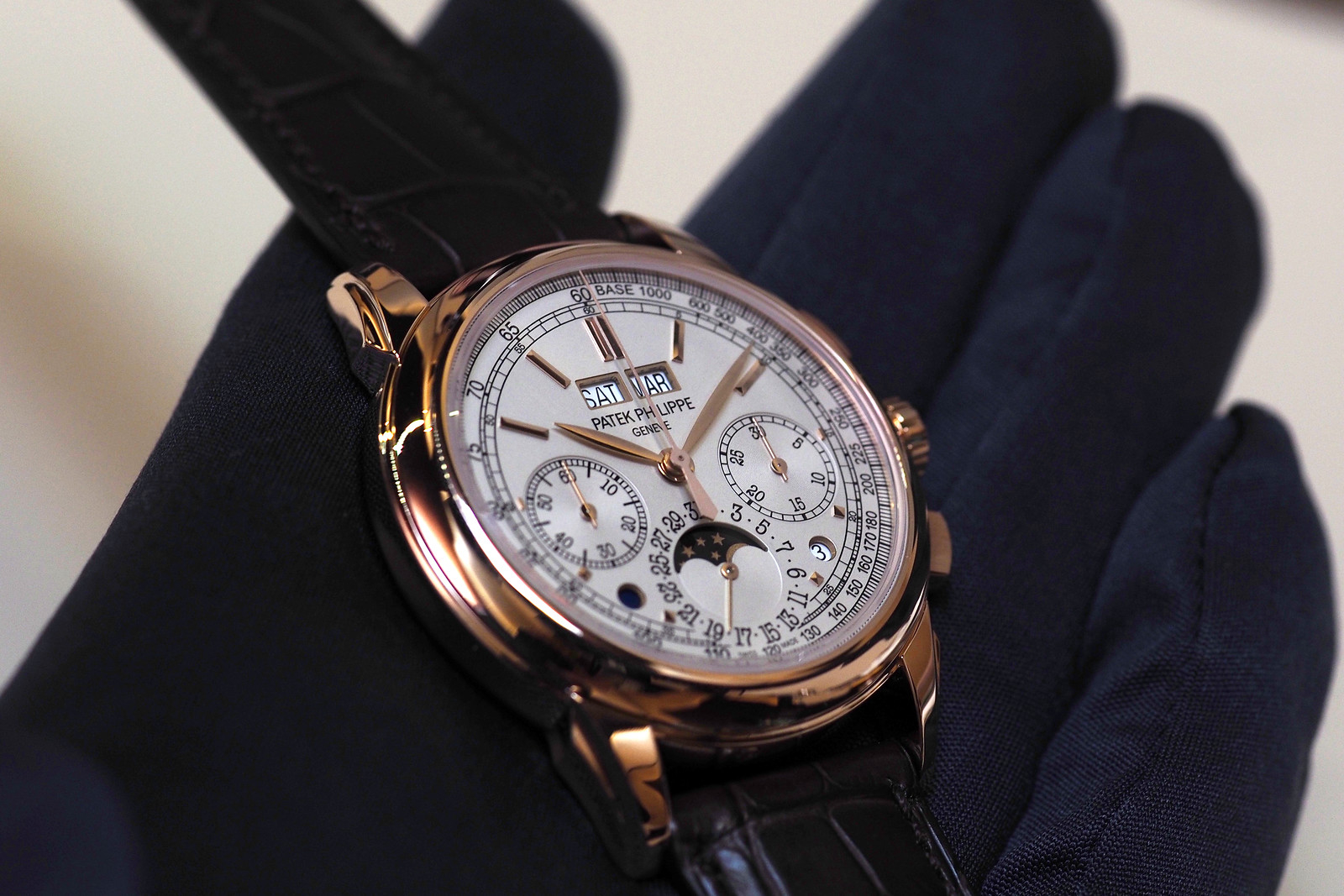As you likely already know, today is [leap day](https://en.wikipedia.org/wiki/February_29), meaning this is a leap year. Typically years divisible by 4, such as 2016, 2020, and 2024, will have a leap day. If the year is divisible by 100, but not 400, there is no leap day.
A complete revolution of the Earth around the Sun takes longer than 365 days, and so a leap day takes this extra time into account so as to realign solar time and the Gregorian calendar (which is the calendar we use).
One solar year takes 365 days and 6 hours, therefore, every four years, there are an extra 24 hours, which explains an extra day.
Crucially, the Earth actually completes its orbit around the Sun a little bit less than 365.25 days per year. The number is actually more like 365.2425 days per year, and so, every four years, even with leap days, there is an overage of 44 minutes. To compensate for this, roughly every 400 years, 3 days, that would otherwise be leap days are removed. To figure out which are excluded is simple: a year divisible by 100 is not a lead year unless it is also divisible by 400.
In conclusion, leap day matters because it keeps our calendars in sync and the seasons on time. Perpetual calendar wristwatches, such as the Patek Philippe 5270R Perpetual Calendar Chronograph (above), can manually account for leap years, if set properly, with no adjustments.










